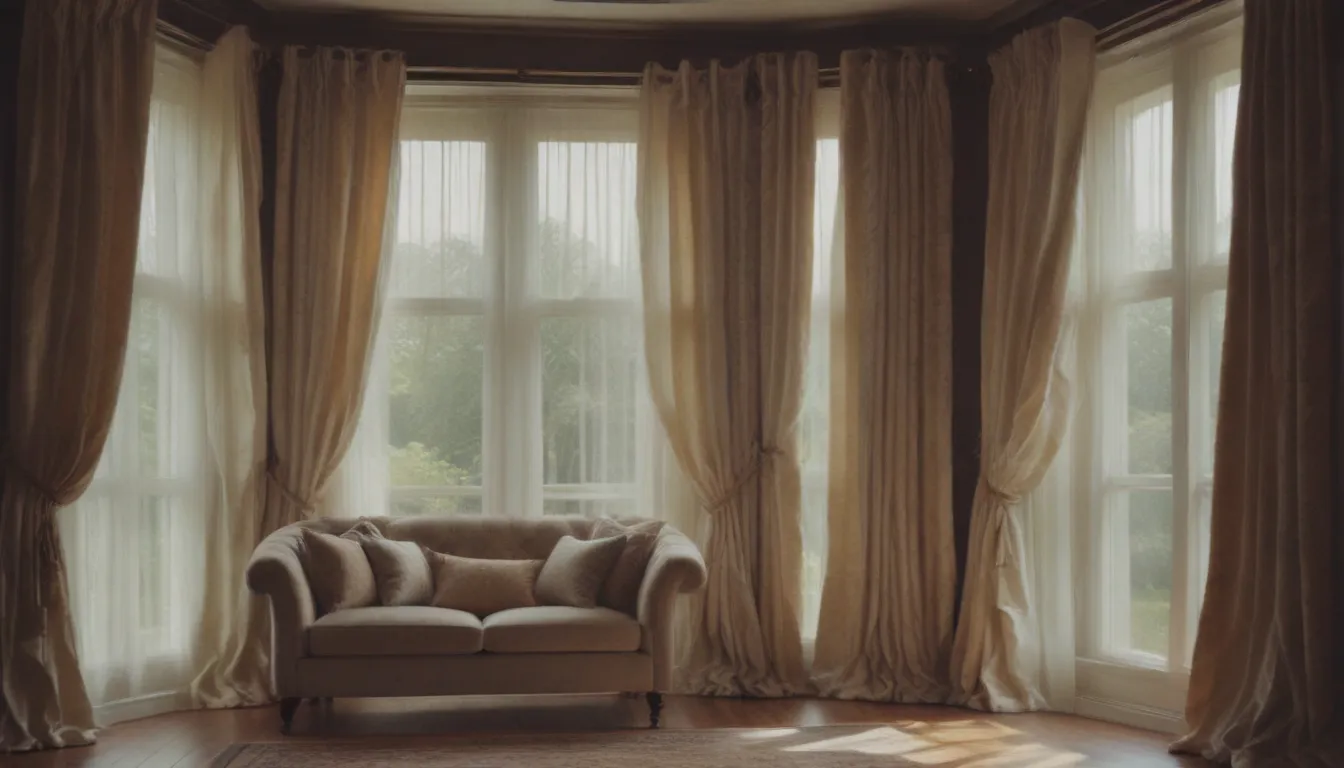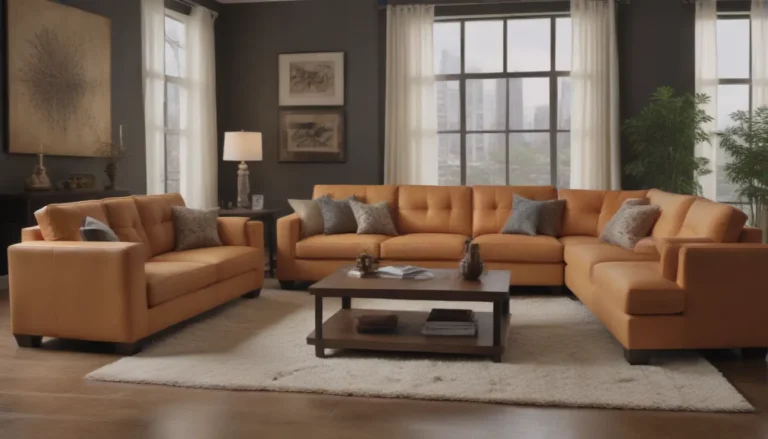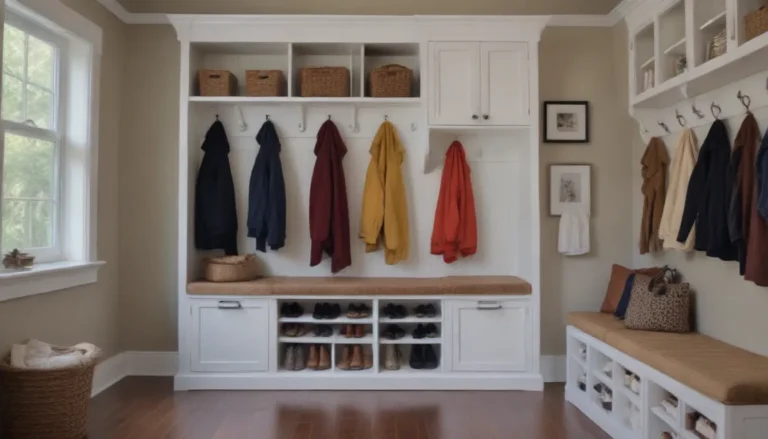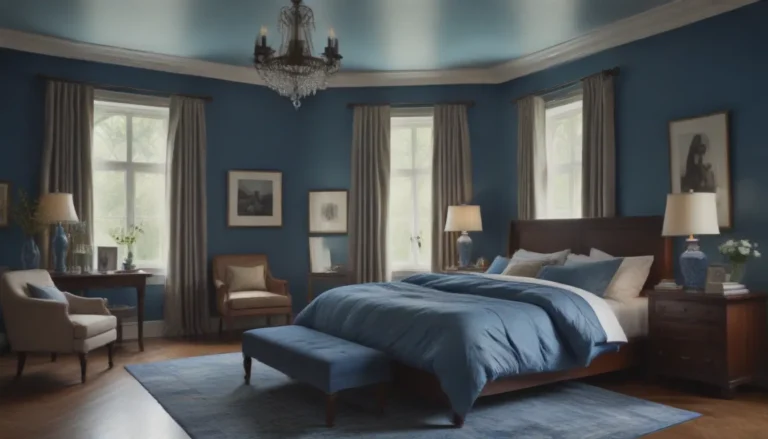Drapes vs. Curtains: How to Choose the Perfect Window Treatment for Your Home

When it comes to upgrading your home’s interior design, choosing the right window treatments can make a significant difference. From creating a cozy ambiance to blocking out harsh sunlight, drapes and curtains play a crucial role in the overall aesthetics of your space.
Understanding the Difference Between Drapes and Curtains
Curtains and drapes are often used interchangeably, but they serve different purposes and have unique characteristics that cater to specific needs. Understanding these differences can help you make an informed decision when selecting the perfect window treatment for your home.
- Curtains
- Best for: any room in the house
- Common materials: wide range of fabrics, colors, and patterns
- Light blocking: varies depending on fabric thickness
Curtains are versatile fabric panels that come in a wide range of options, making them suitable for any room in your home. They can soften a space, add color, and offer privacy. Curtains hang from a rod and can be designed with various features like metal grommets or fabric tabs for easy installation.
- Drapes
- Best for: rooms that require room darkening or insulation
- Common materials: heavy fabrics like velvet, damask, and silk
- Light blocking: designed to block all outside light
Drapes, on the other hand, are more formal and ornate window treatments that are typically made from heavier fabrics. They are ideal for rooms that require room darkening and insulation qualities, such as bedrooms. Drapes often hang from a rod and are lined with heavy fabric to block out all outside light.
Choosing Between Drapes, Curtains, Shades, and Blinds
When selecting the perfect window treatment for your home, consider factors like light filtration, features, header types, cost, and style. Each option offers unique benefits and complements different decorating styles. Here’s a closer look at curtains, drapes, shades, and blinds to help you make the right choice:
- Curtains
- Best for: adding color and texture to a space
- Common materials: various fabrics, colors, and patterns
- Light blocking: varies depending on fabric type
Curtains are a versatile option that can be used in any room, from the living room to the bedroom. They come in a wide range of fabrics, colors, and patterns, allowing you to customize them to suit your decor style. Curtains can be paired with blinds or shades for optimal light blocking, making them a practical choice for bedrooms.
- Drapes
- Best for: rooms that require room darkening and insulation
- Common materials: heavy fabrics like velvet, damask, and silk
- Light blocking: designed to block all outside light
Drapes are a luxurious window treatment that offers superior room darkening and insulation qualities. They are ideal for bedrooms and formal spaces where privacy is a priority. Drapes can be customized with various header types and fabric options to match your decor style.
- Shades
- Best for: any room in the house
- Common materials: various fabrics including vinyl and bamboo
- Light blocking: depends on fabric thickness
Shades are a practical window treatment option that comes in a variety of fabric types, including vinyl and bamboo. They can be customized to fit within the window frame and are available in different styles like Roman shades, balloon shades, and tie-up shades. Shades can be used on their own or paired with curtains for enhanced light blocking.
- Blinds
- Best for: any room in the house
- Common materials: various colors and wood tones
- Light blocking: some light may seep through the slats
Blinds are a functional window treatment option that features slats or louvers that can be tilted open or closed for light control and privacy. They are available in a variety of colors and wood tones, making them a versatile choice for any room. Blinds can be paired with curtains or a valance to soften their appearance and add visual interest.
Tips for Choosing the Right Window Treatment
When selecting the perfect window treatment for your home, consider the following tips to ensure you make an informed decision:
- Consider Light Filtration
-
Determine how much light you want to let into the room and choose a window treatment that meets your needs.
-
Evaluate Features
-
Look for window treatments with features like insulation, room darkening, and privacy to enhance the functionality of your space.
-
Explore Header Types
-
Consider different header types like grommets, tabs, and rings to customize the look of your window treatments.
-
Set a Budget
-
Determine your budget and explore window treatment options that align with your financial constraints.
-
Choose a Style
- Select a window treatment that complements your decor style and enhances the overall aesthetics of your space.
In conclusion, when it comes to selecting the perfect window treatment for your home, consider factors like light filtration, features, header types, cost, and style. Whether you opt for curtains, drapes, shades, or blinds, each option offers unique benefits and can enhance the ambiance of your space. Take the time to explore different options and choose the window treatment that best suits your needs and preferences.





